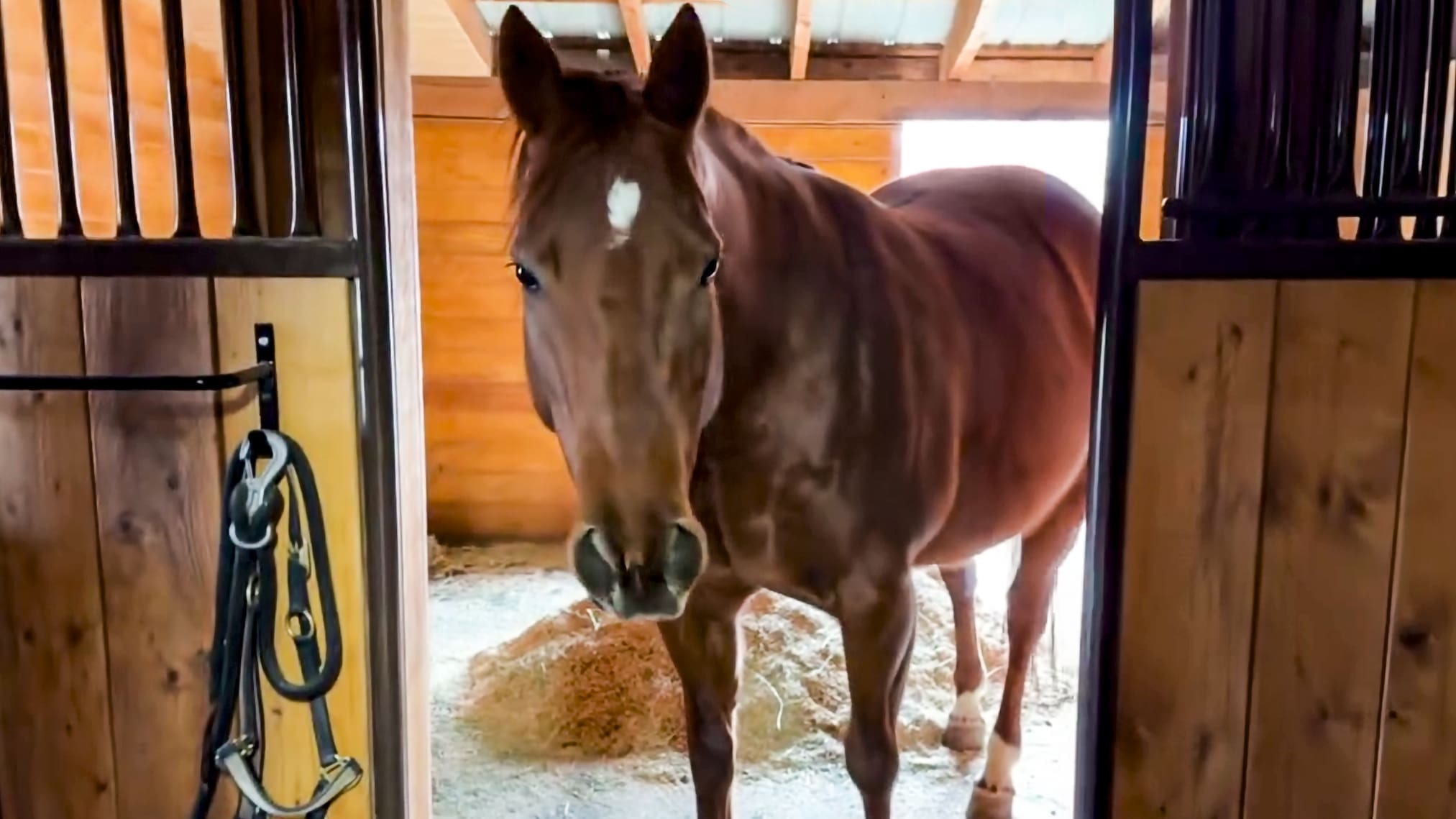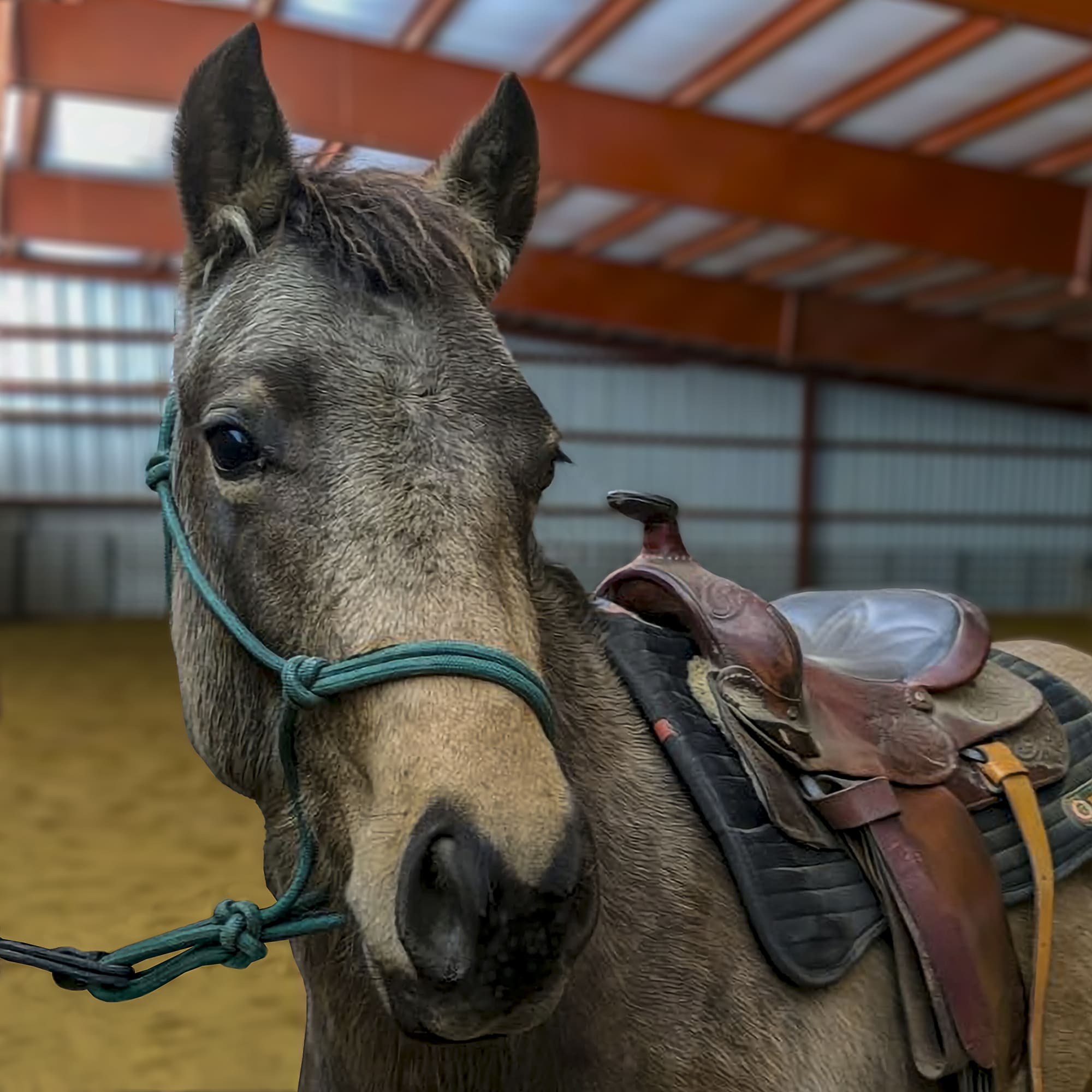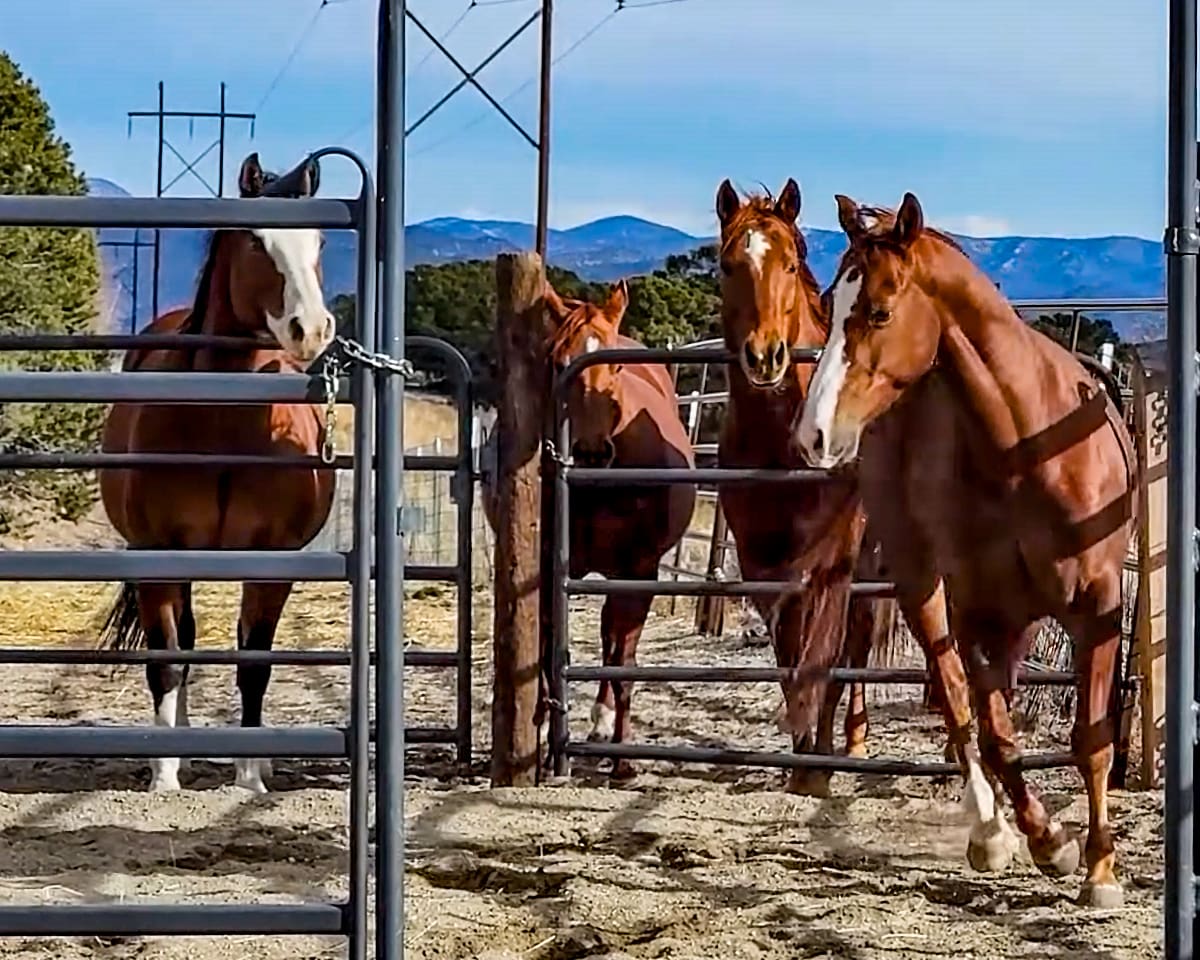The “natural aids” are the tools that you were born with that allow you to communicate to the horse what you want him to do while you are riding. Traditionally, there are four natural aids, the seat, the legs, the hands and the voice. If you have attended one of my clinics or seminars, you already know that I feel very strongly that the primary natural aids, the seat, legs and hands, should always be used together, in a coordinated fashion, stemming always from the use of the seat aid first. I also teach that there are actually seven natural aids, the others being your breathing, your eyes and your brain.
For riders learning to use the aids to stop and go, I teach the “gears of the seat,” neutral, forward and reverse, to ask the horse to keep doing what he is doing, move more forward or stop or slow down. Neutral gear is sitting straight up over your seat bones in a relaxed and balanced position with your center of gravity right over the horse’s. Neutral gear tells the horse to keep doing what he is doing until you tell him something different. You should ride in neutral almost all the time. To ask the horse to move forward, you inhale; shift your center slightly forward (a clear signal to the horse to move forward); at the same time allowing your arms to move forward giving a release to his mouth and your legs to fall slightly back, closing on the horse’s sides and asking him to move forward.
The aids are reversed to ask the horse to stop or slow down: exhale, shift your center of gravity slightly back, while you arms come slightly back and up, closing the front door for the horse, your legs relax on the horse’s sides. As a rider progresses, the leg aids become more articulate to control different parts of the horse’s body for turning and more refined and controlled movements. The rider’s hands control the horse from the withers forward, but the seat, legs and hands together control the horse’s body from the withers back to his tail.
To simplify the use of the leg aids, I teach that there are three leg positions, using the terminology neutral, forward and back. The neutral leg position is when the rider’s leg hangs straight down, close to the horse’s sides, in the balanced position with ear-shoulder-hip and heel in alignment. Light pressure on the horse’s side from the neutral leg position will cause the horse to move his rib cage away from the pressure. This would be useful when asking the horse to arc his body and bend in a circle, as the rib cage moves out, the shoulder and hip bend into the circle. The forward leg position is applied by reaching toward the girth with your calf. I find it easiest to apply forward leg cues by twisting my lower leg and allowing my heel to come toward the girth or cinch.
Pressure from one leg at the forward position will move the horse’s shoulder away from the pressure or ask him to bend in the shoulder. When horses turn, they prefer to lean into the turn like a bicycle, thus dropping the shoulder and lurching onto the forehand. Light pressure with the forward leg position will ask the horse to keep his shoulder up and bend properly in the turn.
The back leg aid is applied when the rider’s leg shifts back a few inches behind the neutral position and it will ask the horse to move his hip away from the pressure. Again, this leg aid might be used in turning and bending the horse, to keep his hip in toward the center of the circle in order to be properly bent. Good hip control is also important for leads and lead changes and more advanced movements such as leg yielding (two-tracking) or side passing.
Leg aids work together but the rider might be using each leg in a separate position. For instance, if you are using the forward leg position with your inside leg to achieve an arcing turn, your outside leg would be in the back position to also keep the horse’s hip in place.
An ancient saying in horsemanship is that the inside leg gives impulsion and the outside leg gives direction. In other words, the inside leg is the gas pedal and the outside leg is the steering wheel. To control the horse’s entire body, the rider must be able to control the horse’s nose, the shoulder, the barrel and the hip. While the hands control the nose of the horse, the leg and rein aids work together to control the shoulder, barrel and hip.
Experiment with applying a light pulsating pressure with one leg in either the forward, neutral or back positions and feel how the horse will yield that part of his body to the pressure.




No comment yet, add your voice below!